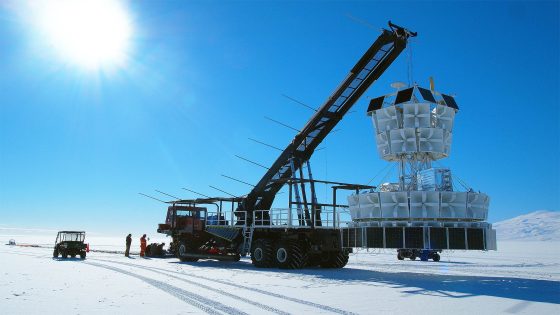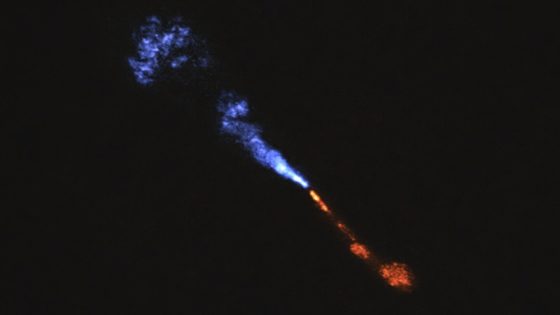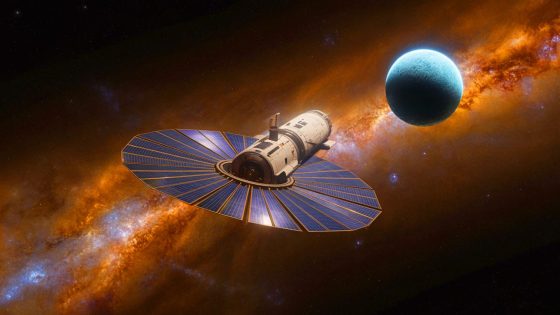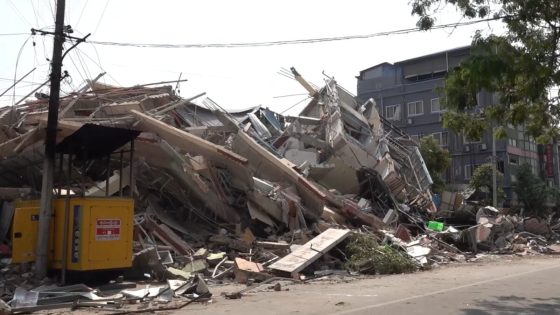Recent research from Stanford University has unveiled exciting insights into rocky exoplanets, specifically those exhibiting volcanic activity. These findings suggest that many of these seemingly inhospitable worlds, referred to as Ignan Earths, could actually possess conditions suitable for life. Published on 2025-07-15 19:00:00, this study challenges long-held beliefs about the habitability of volcanic planets.
- Ignan Earths may support life despite volcanism.
- Static crusts differ from Earth's plate tectonics.
- Heat-pipe tectonics allow stable conditions.
- Self-regulating climate systems maintain habitability.
- Exoplanet research may reconsider volcanic planets.
- New telescopes can detect life-signifying gases.
Led by doctoral researcher Matthew Reinhold and assistant professor Laura Schaefer, the study reveals that Ignan Earths, characterized by solid, non-moving crusts, might maintain stable climates and even liquid water. This groundbreaking research indicates that these planets could support thriving ecosystems despite their harsh appearances.
This research raises intriguing questions about the potential for life on other planets. Could we be overlooking viable habitats simply because they lack plate tectonics? The implications are profound:
- Ignan Earths can maintain stable climates through volcanic outgassing and rock weathering.
- Surface temperatures on these planets may remain below critical thresholds for sterilization.
- Future exoplanet exploration could focus on detecting volcanic gases as indicators of life.
As we advance our exploration capabilities with powerful telescopes, the potential to discover life on Ignan Earths becomes increasingly tangible. The future of exoplanet research is bright, and these findings may lead US to new worlds teeming with life.

































